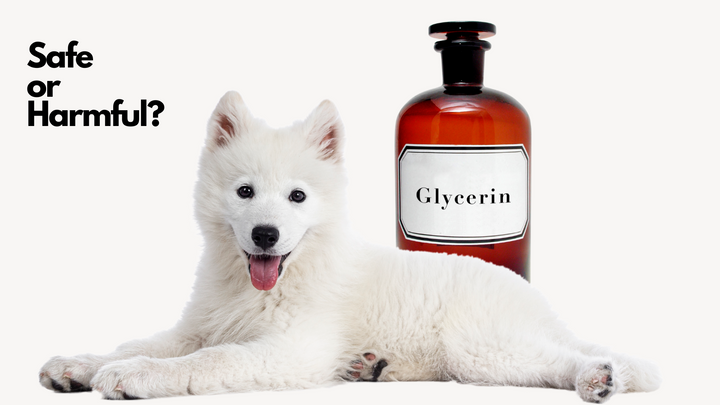Nasal Mites in Dogs: How Do You Know if Your Dog Has These
How do you know if your dog has nasal mites and how to get rid of these? This article contains everything you wanna know. The right treatment for nasal mites in dogs is not certain, tho', but here what you must know ⤵️

The nasal mites are caught by dogs by direct nose-to-nose transfer and indirect transmission from some other dogs. In the larval stage, nose mites are frequently transferred from one dog to another.
Canine nasal mites have been found in dogs all over the world.
This article sums up all you have to know about canine nasal mites, so keep on reading.
What are nasal mites in dogs?
The canine nasal mite is a parasite that lives in the nasal passages and paranasal sinuses of dogs, causing sneezing, nasal discharge, and epistaxis.
The canine nasal mite, also known scientifically as Pneumonyssoides caninum or Pneumonyssus caninum, has been observed all throughout the world.
How do dogs get nasal mites?
The mite is considered to be transmitted between dogs through both direct and indirect contact. This bacterium is known to represent no danger to humans.
These mites are spread from dog to dog through close contact, such as sniffing or playing with an infected dog. They can also be transmitted indirectly through shared bedding or toys.
Nasal mites are most commonly found in dogs that live in crowded or unsanitary conditions, such as animal shelters, kennels, or puppy mills. Dogs that spend a lot of time outdoors and come into contact with other dogs are also at a higher risk of contracting nasal mites.
Once a dog is infected with nasal mites, the mites burrow into the lining of the nasal passages and feed on blood and tissue fluids.
Dogs of all breeds, ages, and genders tend to be affected, though one study found that dogs older than 3 years old were more likely to be affected and that large breed dogs were more likely to be afflicted than small dog breeds. Mites can be found in the nasal passages and sinuses.
➡ Symptoms:
The most typical symptoms of nasal mite contamination are:
- sneezing
- bleeding nose
- difficult breathing
- a lack of ability to detect scents
- facial itching
- nasal discharge
- fast inward sniffing of air (reverse sneezing)
- noisy breathing
- shaking head
*Coughing, anxiety, and collapse are other less specific symptoms.
How do you know if your dog has nasal mites?
An endoscopic examination of your dog's nose and nasal flushing are excellent diagnostic procedures for nasal mites. Blood and urine tests, nasal or dental x-rays, computed tomography (CT), or nasal biopsy are among the treatments that can be beneficial at times. These tests are frequently performed by veterinarians prior to endoscopy or nasal flushing because these procedures can create indications of respiratory disease. It is critical to discover and diagnose nasal mites because many other respiratory disorders can produce similar symptoms.
How do I get rid of my dogs nose mites?
There is no specific treatment for canine nasal mites that is widely suggested; nevertheless, numerous antiparasitic meds appear to be beneficial in more than 85 %. The medication might not always totally eliminate clinical symptoms, especially if infection occurs, but no mites have been discovered. In these circumstances, the symptoms are most likely the result of another upper airway condition that is occurring at the same time.
To address nasal mites in your dog, consult your vet for a tailored treatment plan. They can recommend safe and effective medications to help eliminate these pesky intruders and provide relief to your furry friend.
Can people get nasal mites from dogs?
Biography:
** Ned F. Kuehn, DVM, MS, DACVIM, Michigan Veterinary Specialists




Comments ()